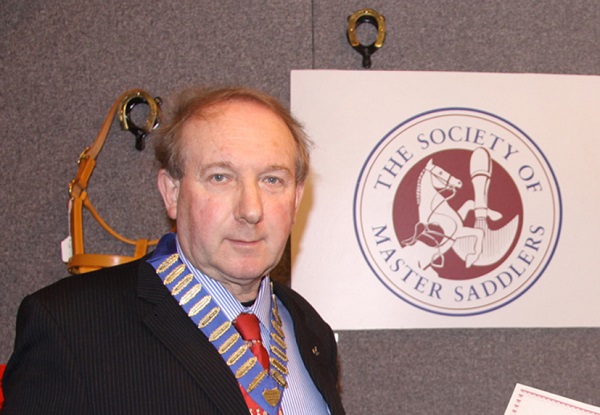Posted: 8th June 2020 | Back to news feed

Twice president of the Society Master Saddlers, Lecturer / Assessor on Saddle fitting courses and Master Saddler Laurence Pearman answers a question on flocking.

I’ve heard that saddles can be filled with different kinds of flock. What are the benefits of each type of flocking?
There are mainly two types of pure wool used in wool flocked saddles.
White wool, the best to use for flocking having a long fibre/staple and the grey or brown wool again sourcing the long fibre/staple.
The pure white wool is softer in texture and will settle more quickly than the pure grey or brown wool and so will require a recheck for fit and maybe topping up some weeks before the grey or brown wool.
There is also synthetic wool which is found in some saddles. The same procedure is followed with regards to topping up and re-flocking but due to the differences between the natural wool and synthetic they should not be mixed. It is also better not to mix the white and grey or brown wool as the textures of each are different.
This will also apply to a saddle when a complete re-flock is done. I would recommend a complete re-flock being carried out every two years (depending on saddle use). That way the saddle will always be firm enough to support the rider and soft enough to be comfortable and forgiving for the horse.
During those two years the flocking can easily be adjusted for the horse’s requirements, after this time the wool may become compacted.
Sometimes you will hear the term air flocking; this refers to a system of four air bags which provide a soft, flexible and even bearing surface. This air system is inserted into the panel and gives the saddle a constant flexible layer of shock absorbing air and these bags can usually be adjusted individually at any time.
In addition to the flocking many saddles now have a panel lining. Materials used could be foams or plastizotes or felt which all help to have a softer feel for the horse’s comfort.
There are other panel fillings but in general they are not termed as “flocked saddles”.
For more information visit www.mastersaddlers.co.uk or contact The Society of Master Saddlers on 01449 711642.
The Equestrian Index newsfeed is compiled from articles submitted by advertising members and expresses the opinions of those members. Watsons Directories Ltd shall not be held liable for any inaccuracies or mis-statements therein.
